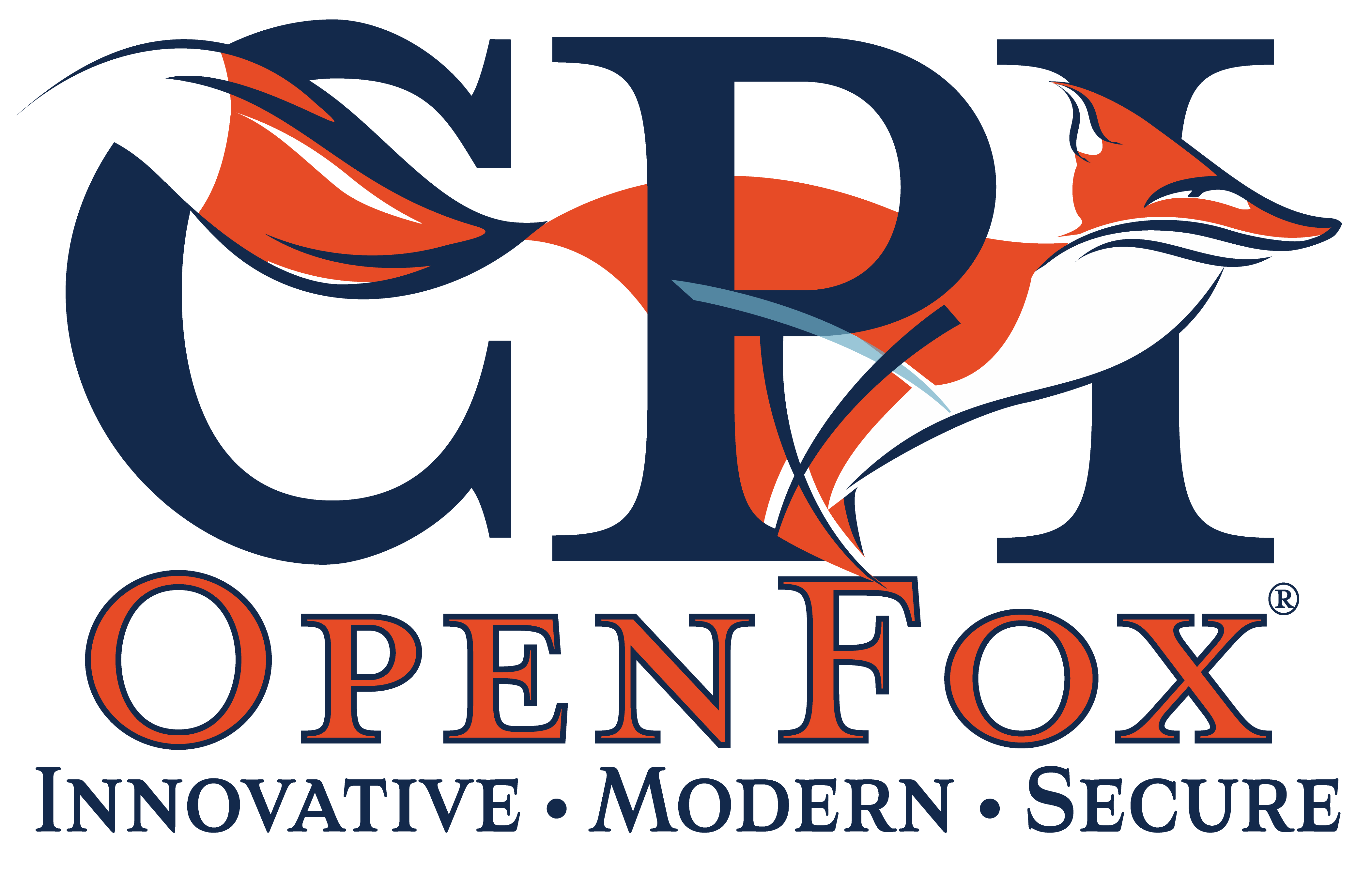Software-as-a-Service (SaaS) is a popular method of software delivery allowing the access of data using any web browser or internet connection on any device. With this web-based model, software vendors are responsible for hosting and maintaining the code, servers and databases that make up the application.
In recent years, SaaS has become mainstream. According to a 2021 Emerging Technology Product Leader Survey, 48 percent of respondents who are putting money towards data and analytics chose cloud-based software as one of their top areas of emerging technology investment.
Why Invest in SaaS?

Businesses of all sizes and in many industries now trust SaaS to deliver key benefits to their organization. SaaS is versatile as it presents fresh solutions to age old problems, allowing businesses to streamline time-consuming tasks and improve upon other aspects of business, such as security.
SaaS also provides businesses with an opportunity to generate more profits and revenue using SaaS rather than building their own cloud-based applications or migrating an existing solution.
One of the biggest benefits of using SaaS for a business is easy scalability. A SaaS model can quickly and easily be scaled up without substantial testing and without having to change the mechanism structure or install supplementary software. In the same way that businesses can scale up their operations, they can also scale down.
SaaS Solutions to Scale a Business
Countless businesses subscribe to SaaS vendors as it is flexible, cost-efficient and highly convenient. Here are some SaaS solutions that can help scale a business:
1. Start Small and Build Up
Some businesses make the mistake of investing too much money in software from the start. In the early days of a business, most organizations can get by with basic tools such as email, internal messaging systems, marketing support and accounting software. Once the business starts to grow, more software solutions can be implemented to further streamline tasks and aid in day-to-day operations.
2. Address the Specific Needs of the Business
Every business is unique in how they operate and each requires different types of software to be efficient. In addition to implementing the basic tools that every business needs, consider what additional software may be necessary to help the business address its core needs. If the organization is lacking in certain areas, choose to invest in tools that will fill these gaps within the organization.
3. Avoid Unnecessary Customization
While customized software can be highly advantageous in certain situations, it is not always needed. When businesses fall into the habit of customizing every piece of software, they often find that they waste significant time and money on software development and implementation. Before making any expensive investments, perform a cost-benefit analysis to determine if investing in customization is the right decision.

4. Focus on Tools for Employee Engagement
Post COVID-19, many businesses have moved to at-home environments or otherwise reduced the frequency of face-to-face contact. Without this direct contact and a lack of team events, employees can start to feel disconnected. Implementing tools for employee engagement is more important now than ever before. HR solutions are necessary to replace the social aspects of work and to maintain a positive work culture.
5. Implement New Solutions as the Business Grows
Many businesses will discover the need for new software systems or solutions as the organization grows and expands. With more sophisticated integration capabilities, it is now easy to add specialized software solutions that focus on the unique niches and needs of the organization as it grows.
6. Remove Apps that Do Not Offer Value
Just as important as implementing new software solutions as the business grows, is removing applications that no longer provide value to the organization. Today, businesses use a large number of SaaS tools in their daily operations, making it easy for other solutions to get overlooked. When businesses fail to remove applications that they are not using, they can waste a significant amount of money each year.
7. Automate Time-Consuming Tasks
Automation remains one of the top perks of switching to SaaS solutions. SaaS tools with automation offer convenience to workforces, making time-consuming tasks including data entry more manageable. With SaaS, automated data entry becomes centralized and accessible to everyone handling different aspects of the business, such as sales, marketing and customer service.
Innovative Law Enforcement Software & Solutions
CPI OpenFox offers to the law enforcement industry, a full suite of innovative products that allow for quick, secure and reliable sharing of vital information. These law enforcement software and data-sharing solutions work together to optimize critical law enforcement processes and streamline important workflows. They are also fully encrypted and scalable, allowing these agencies and departments to grow unhindered.
To learn more about how to scale a business using SaaS, or to schedule a consultation to find out more about our law enforcement software solutions, contact the professionals at CPI OpenFox today.


